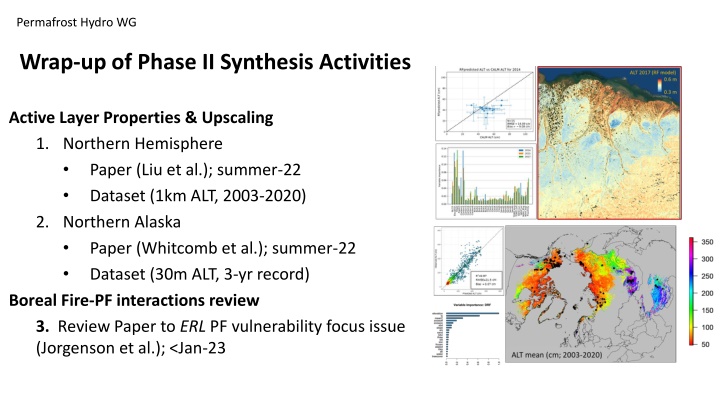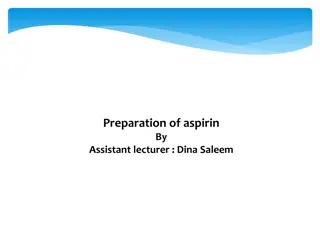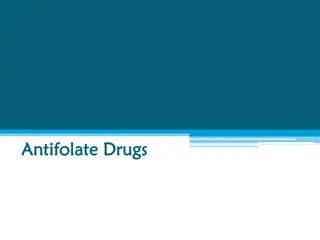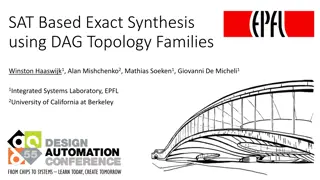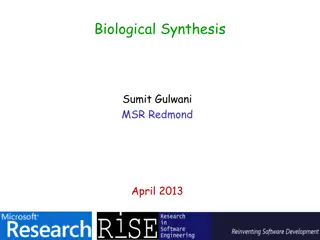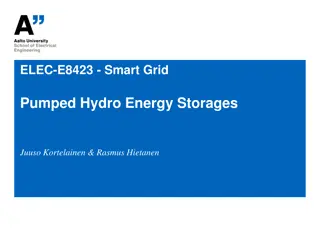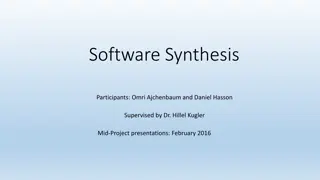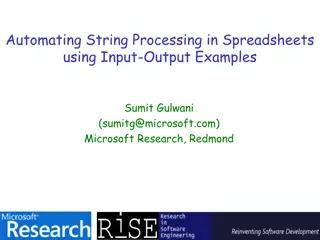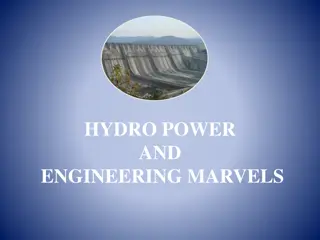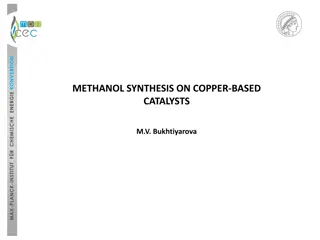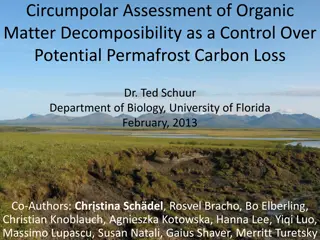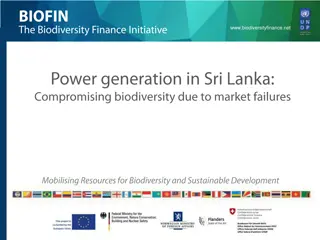Permafrost Hydro WG Synthesis Activities and New Topics for Phase III
In these synthesis activities, the focus is on understanding active layer properties, upscaling, and exploring deeper permafrost zones. The discussion includes changes in talik development, connectivity, and their impacts on water budgets, energy flows, and material movements. There is an emphasis on leveraging remote sensing data and observational resources to address knowledge gaps in permafrost research. The potential use of existing data collections and upcoming opportunities for mining valuable information are also highlighted.
Download Presentation

Please find below an Image/Link to download the presentation.
The content on the website is provided AS IS for your information and personal use only. It may not be sold, licensed, or shared on other websites without obtaining consent from the author.If you encounter any issues during the download, it is possible that the publisher has removed the file from their server.
You are allowed to download the files provided on this website for personal or commercial use, subject to the condition that they are used lawfully. All files are the property of their respective owners.
The content on the website is provided AS IS for your information and personal use only. It may not be sold, licensed, or shared on other websites without obtaining consent from the author.
E N D
Presentation Transcript
Permafrost Hydro WG Wrap-up of Phase II Synthesis Activities Active Layer Properties & Upscaling 1. Northern Hemisphere Paper (Liu et al.); summer-22 Dataset (1km ALT, 2003-2020) 2. Northern Alaska Paper (Whitcomb et al.); summer-22 Dataset (30m ALT, 3-yr record) Boreal Fire-PF interactions review 3. Review Paper to ERL PF vulnerability focus issue (Jorgenson et al.); <Jan-23
Permafrost Hydro WG New Synthesis Topics for Phase III (Filling data & knowledge gaps) What s happening in deeper permafrost zones & how are changes in talik development and connectivity affecting surface and ground water budgets, and 3-D flows of energy and materials? Relatively more is known about near- surface conditions than deeper geophysical energy and flow pathways (e.g., Walvoord and Striegl, 2021. Front. Clim.) Crosscutting with other disciplines by affecting movement and cycling of water, water quality, animal habitats, C fates, GHG emissions and climate feedbacks
Permafrost Hydro WG New Synthesis Topics for Phase III (Filling data & knowledge gaps) What types of remote sensing and other observational data are available to address? Indirect indicators vs more direct geophysical measures of below-ground changes; o Surface water trends and lake ice dynamics, water isotope analyses (indirect) o Snow properties (depth and density vs SWE or SCE) and winter processes in general (indirect) o Seasonal FT, ALT, and soil moisture profiles (indirect)
Permafrost Hydro WG (Room 103) New Synthesis Topics for Phase III (Filling data & knowledge gaps) Potential to leverage underutilized resources and other upcoming opportunities Mining extensive existing data collections (ABoVE, NOAA, etc..) Snow Model: Glen Liston, 1980-2020, 18 snow variables produced Incl., depth, density, SWE over AK at 3km res. SnowEx: Developing better snow property retrievals; filling info gap in winter and shoulder season processes NISAR: Both S-band and L-band to potentially resolve soil C and moisture profiles affecting zero-curtain formation; S-band possibility? NEON: leveraging ongoing data collections to support studies along regional environmental gradients **Enlist ABoVE mapping tool to overlay available airborne and ground data in relation to potential environmental gradients for study scoping.
